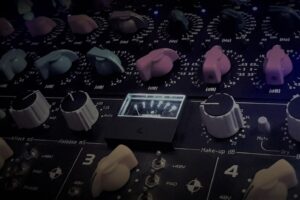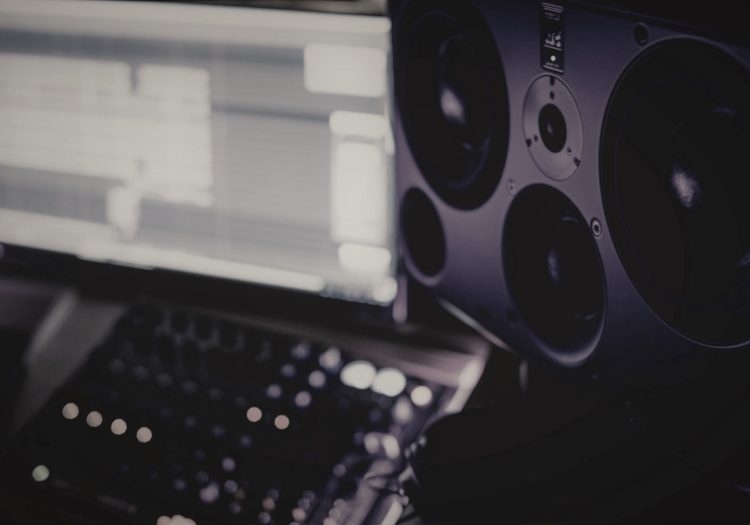Mixing is the technique of blending all the tracks recorded for a song to create the best sounding version of it.
The process may include the following steps:
- Setting the volume levels of the recorded tracks
- Fine-tuning the tone of individual instruments or voices with equalizers (EQ)
- Managing the dynamic range of the tracks
- Panning the tracks between the speakers to create a stereo image
- Adding reverbs, delays, and other effects
- Automation on the tracks.
- Before mixing, and sometimes during it as well, smaller/larger editing tasks are necessary to correct inaccuracies made during recording, thereby achieving a tighter sound.
- If necessary, we run the tracks through analog gear to give them the right character in the mix.
Mastering is the process by which a final master of a song or collection of songs is prepared for production, ensuring it sounds good on various systems: CD player, radio, computer, car stereo, phone, etc.
The process includes the following:
- Balancing the levels and tone (EQ) of the songs.
- Controlling the dynamic range – how loud and quiet parts are, for the right musical balance of variety and power.
- Preparing the material for production (DDP, PQ codes, UPC/EAN codes, ISRC, CD-Text)
Yes, there is an opportunity to send us the tracks of songs recorded elsewhere for mixing, provided the quality of the recording is adequate.
For us to mix efficiently, please do the following.
- Calculate the cost and order our mixing/mastering service.
- Name the tracks clearly. On the tracks, turn off Eq, compressor and other plugins before exporting.
- Whichever effect you think is important, you can leave it on, but it will be included in the mix.
- Export them so that their signal level is a few dB below zero.
- Please describe briefly the conditions under which the recording was made.
- Create a rough mix of the song that demonstrates the balance you have in mind.
- Send reference tracks!
- Send the tracks and rough mix using a file-sharing service. For example: Wetransfer, pCoud
A long-established technique we occasionally use in mixing songs.
This is used in cases where we want to augment or even replace the sound set during the recording, without having to replay the whole thing.
In such instances, the recorded signal is sent back from the computer to external devices, and then it is recorded again.
Let’s look at an example:
The guitarist played their parts in the studio, but later it turns out they want a completely different sound… Let’s set aside the fact that the final, perfect sound should already be aimed for during recording.
Sometimes, the only method that works is for the guitarist to play the themes at home, using a guitar plugin for the feel, and only the clean signal is recorded. Then, they send it to us so that we can create the desired guitar sound with the help of reamping.
During recording, it is essential to capture a clean guitar signal. For this, a DI box is needed. A DI box is a device that converts an unbalanced signal into a balanced one. This is necessary because, on one hand, the guitar signal needs to be carried over relatively long distances, for example, from the playback to the mixer, and on the other hand, a microphone preamp could not directly receive the guitar’s high signal without distortion.
Most sound cards have an Instrument input, which essentially serves the same purpose as a DI box.
The recorded clean guitar signal is then sent back during mixing from the sound card to a Reamp device, which essentially works like a DI box but in reverse. It generates an unbalanced guitar-level signal from a balanced signal, which can be fed into the guitar amplifier. After the Reamp device, pedals can be connected in the same way as usual.
The cabinet or combo is then miked, and its sound is recorded with the desired tone.
The accompanying diagram shows the recording and re-amping process. Naturally, instead of a tape recorder, one should imagine the sound card and computer.

The bass guitar can also be re-recorded similarly to the guitar.
Vocals and other instrument tracks can also be sent through other devices, such as compressors, during the mixing phase. This is a very effective tool for achieving new sounds in a hybrid digital-analog environment. In this case, there is no need for a reamp box because we work with balanced signals throughout.






